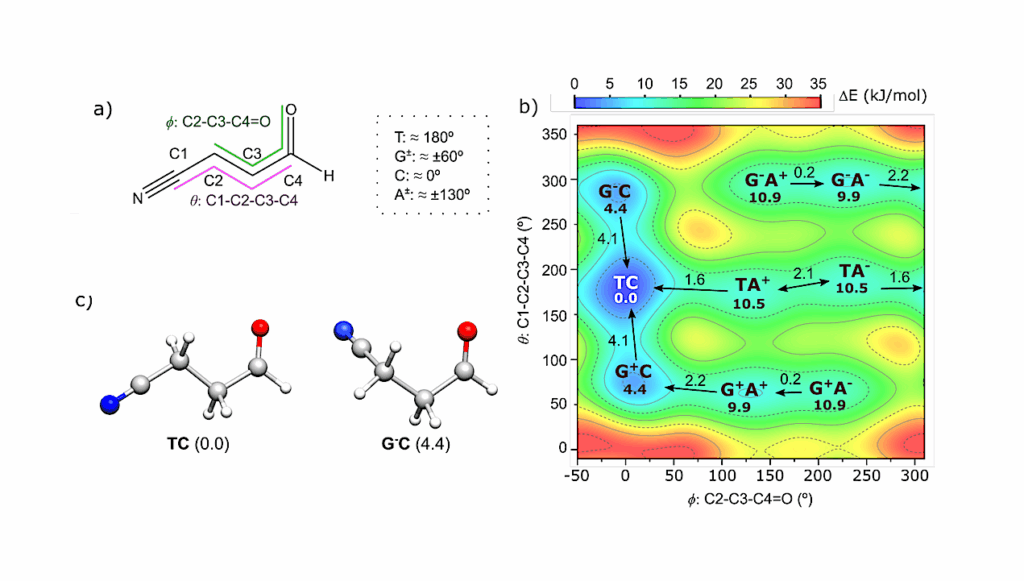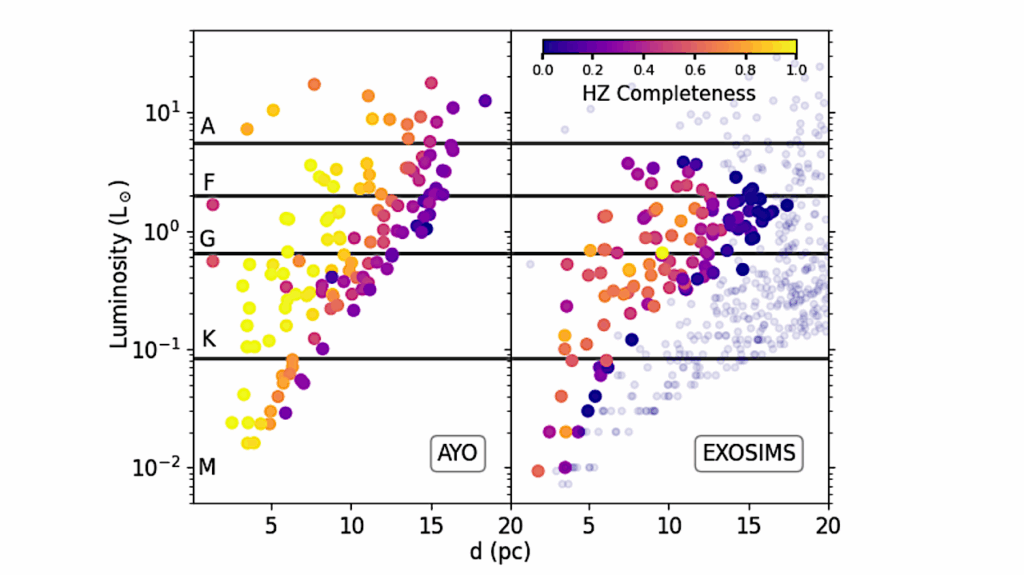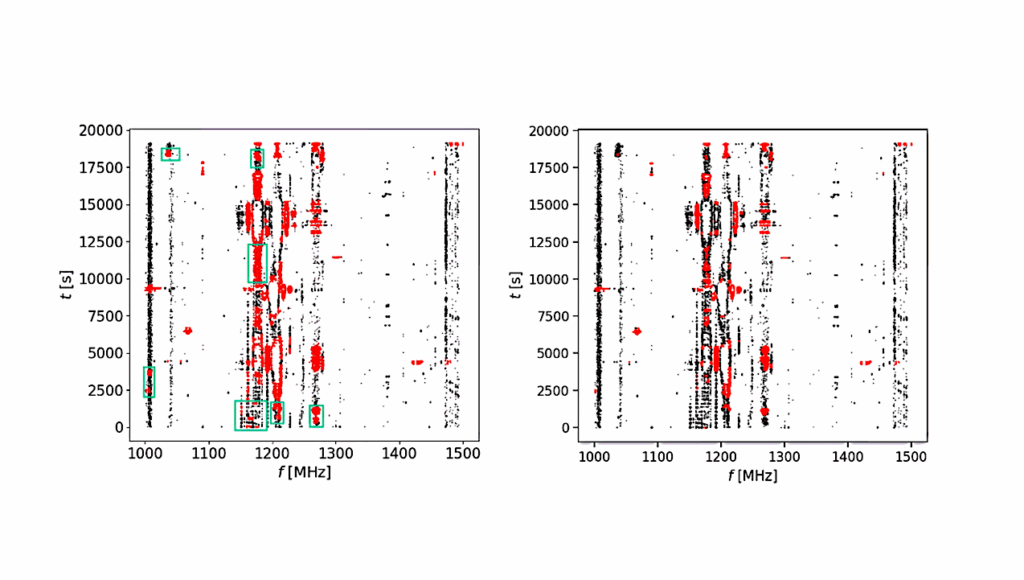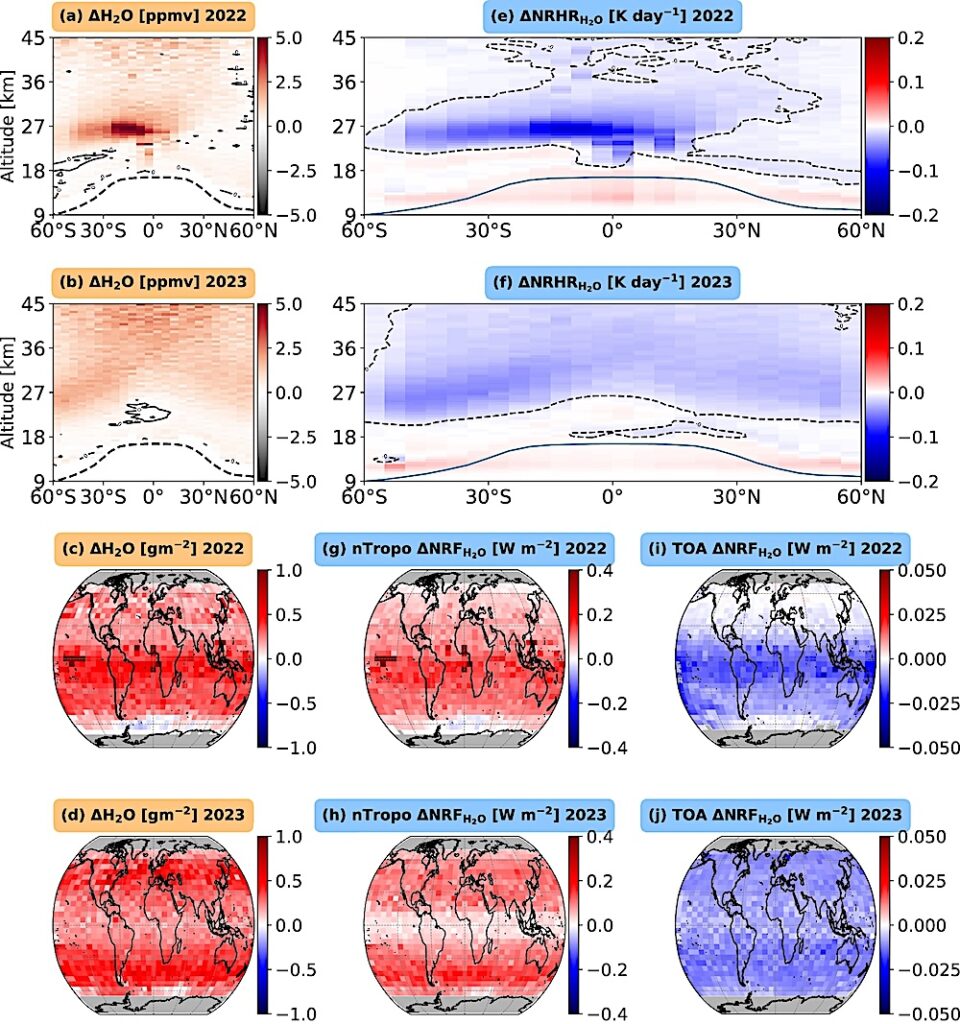TOI-2266 b: A Keystone Super-Earth At The Edge Of The M dwarf Radius Valley

We validate the Transiting Exoplanet Survey Satellite (TESS) object of interest TOI-2266.01 (TIC 348911) as a small transiting planet (most likely a super-Earth) orbiting a faint M5 dwarf (V=16.54) on a 2.33~d orbit. The validation is based on an approach where multicolour transit light curves are used to robustly estimate the upper limit of the transiting object’s radius.
Our analysis uses SPOC-pipeline TESS light curves from Sectors 24, 25, 51, and 52, simultaneous multicolour transit photometry observed with MuSCAT2, MuSCAT3, and HiPERCAM, and additional transit photometry observed with the LCOGT telescopes. TOI-2266 b is found to be a planet with a radius of $1.54\pm\0.09\,R_\oplus$, which locates it at the edge of the transition zone between rocky planets, water-rich planets, and sub-Neptunes (the so-called M~dwarf radius valley).
The planet is amenable to ground-based radial velocity mass measurement with red-sensitive spectrographs installed in large telescopes, such as MAROON-X and Keck Planet Finder (KPF), which makes it a valuable addition to a relatively small population of planets that can be used to probe the physics of the transition zone. Further, the planet’s orbital period of 2.33 days places it inside a `keystone planet’ wedge in the period-radius plane where competing planet formation scenarios make conflicting predictions on how the radius valley depends on the orbital period. This makes the planet also a welcome addition to the small population of planets that can be used to test small-planet formation scenarios around M~dwarfs.
Hannu Parviainen, Felipe Murgas, Emma Esparza-Borges, A. Peláez-Torres, Enric Palle, Rafael Luque, M.R. Zapatero-Osorio, Judith Korth, Akihiko Fukui, Norio Narita, K.A. Collins, V.J.S. Béjar, Guiseppe Morello, M. Monelli, N. Abreu Garcia, Guo Chen, N. Crouzet, J.P. de Leon, K. Isogai, T. Kagetani, K. Kawauchi, P. Klagyivik, T. Kodama, N. Kusakabe, J.H. Livingston, P. Meni, M. Mori, G. Nowak, M. Tamura, Y. Terada, N. Watanabe, D.R. Ciardi, M.B. Lund, J.L. Christiansen, C.D. Dressing, S. Giacalone, A.B. Savel, L. Hirsch, S.G. Parsons, P. Brown, K.I. Collins, K. Barkaoui, M. Timmermans, M. Ghachoui, A. Soubkiou, Z. Benkhaldoun, S. McDermott, T. Pritchard, P. Rowden, S. Striegel, T. Gan, K. Horne, E.L.N. Jensen, R.P. Schwarz, A. Shporer, G. Srdoc, S. Seager, J.N. Winn, J.M. Jenkins, G. Ricker, R. Vanderspek, D. Dragomir
Comments: Accepted to A&A
Subjects: Earth and Planetary Astrophysics (astro-ph.EP)
Cite as: arXiv:2401.11879 [astro-ph.EP] (or arXiv:2401.11879v1 [astro-ph.EP] for this version)
https://doi.org/10.48550/arXiv.2401.11879
Focus to learn more
Submission history
From: Hannu Parviainen
[v1] Mon, 22 Jan 2024 12:06:55 UTC (2,380 KB)
https://arxiv.org/abs/2401.11879
Astrobiology








